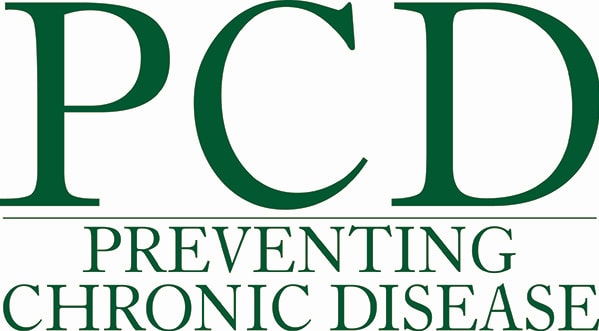Abstract and Introduction
Abstract
Introduction: In 2019 among US adults, 1 in 9 had diagnosed diabetes and 1 in 5 had diagnosed depression. Since these conditions frequently coexist, compounding their health and economic burden, we examined state-specific trends in depression prevalence among US adults with and without diagnosed diabetes.
Methods: We used data from the 2011 through 2019 Behavioral Risk Factor Surveillance System to evaluate self-reported diabetes and depression prevalence. Joinpoint regression estimated state-level trends in depression prevalence by diabetes status.
Results: In 2019, the overall prevalence of depression in US adults with and without diabetes was 29.2% (95% CI, 27.8%–30.6%) and 17.9% (95% CI, 17.6%–18.1%), respectively. From 2011 to 2019, the depression prevalence was relatively stable for adults with diabetes (28.6% versus 29.2%) but increased for those without diabetes from 15.5% to 17.9% (average annual percent change [APC] over the 9-year period = 1.6%, P = .015). The prevalence of depression was consistently more than 10 percentage points higher among adults with diabetes than those without diabetes. The APC showed a significant increase in some states (Illinois: 5.9%, Kansas: 3.5%) and a significant decrease in others (Arizona: −5.1%, Florida: −4.0%, Colorado: −3.4%, Washington: −0.9%). In 2019, although it varied by state, the depression prevalence among adults with diabetes was highest in states with a higher diabetes burden such as Kentucky (47.9%), West Virginia (47.0%), and Maine (41.5%).
Conclusion: US adults with diabetes are more likely to report prevalent depression compared with adults without diabetes. These findings highlight the importance of screening and monitoring for depression as a potential complication among adults with diabetes.
Introduction
Though diabetes incidence has begun to decline, prevalence remains high, and therefore the burden of diabetes complications persists as a major public health concern.[1] Much of the research and clinical focus on diabetes complications involves conditions such as cardiovascular disease, kidney disease, and neuropathy rather than mental health. While end-organ damage can substantially contribute to a lower quality of life and increased deaths, mental health conditions such as depression can negatively affect management of diet, adequate physical activity, smoking cessation, glycemic control, and medication adherence.[2] Therefore, whether indirectly through poor disease management or through potentially direct biologic mechanisms,[3] prevention of depression can be vital to improve diabetes outcomes.
In 2019 in the US, about 1 in 9 adults had diagnosed diabetes,[1] and 1 in 5 adults had diagnosed depression.[4] While the prevalence of diabetes increases with age, depression tends to be more prevalent among younger age groups.[5] Disparate trends are also observed by sex, where men are more likely to have diabetes than women, but women are more likely to have depression than men.[4] Both conditions are more prevalent among adults of low socioeconomic status.[6,7] Among adults with diabetes, measuring prevalence of depression can be essential to evaluating its potential to affect diabetes outcomes and to highlight any sociodemographic or geographic disparities in prevalence.
Although the national prevalence of mental health conditions, including depression, among adults with diabetes has been reported,[8,9] to our knowledge information on state-specific prevalence estimates of depression among adults with diabetes is limited. Additionally, previous studies were published before diabetes incidence began to decline in the US, therefore an updated analysis is merited because the prevalence of comorbid conditions may have also changed. We assessed the state-specific prevalence of diagnosed depression among adults in the US from 2011 through 2019, evaluating trends over time as well as prevalence within sociodemographic subgroups.
Prev Chronic Dis. 2023;20(8):E70 © 2023 Centers for Disease Control and Prevention (CDC)






